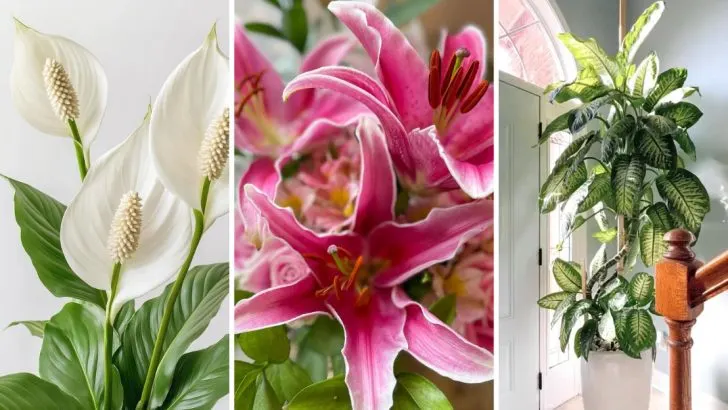As a cat owner, creating a safe environment for your feline friend is essential. While many plants add beauty and life to your home, some of the most popular varieties can pose hidden dangers to your pet.
Certain plants contain toxins that can cause serious health issues, from mild irritation to life-threatening conditions, if ingested by curious cats. Knowing which greenery to avoid is key to ensuring your cat’s safety. Here’s a list of 11 common plants that, while beloved by humans, could secretly be harmful to your furry companion.
Lilies
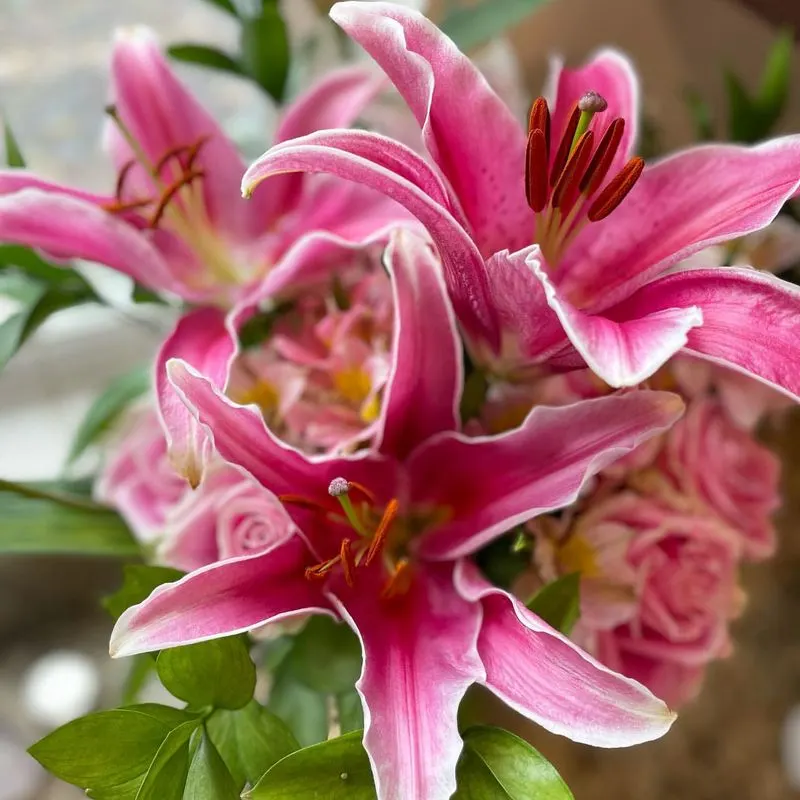
Lilies are stunningly attractive, making them a popular choice for households. However, ingesting any part of this plant can be extremely harmful to cats. Even small amounts can lead to kidney failure, making it a dangerous presence in homes with feline companions. It’s important to recognize that all types of lilies, whether Easter, Tiger, or Day lily, share this toxic trait. Vigilance can prevent accidental ingestion. Opting for alternative non-toxic plants will provide peace of mind and a safer environment for your curious feline.
Aloe Vera
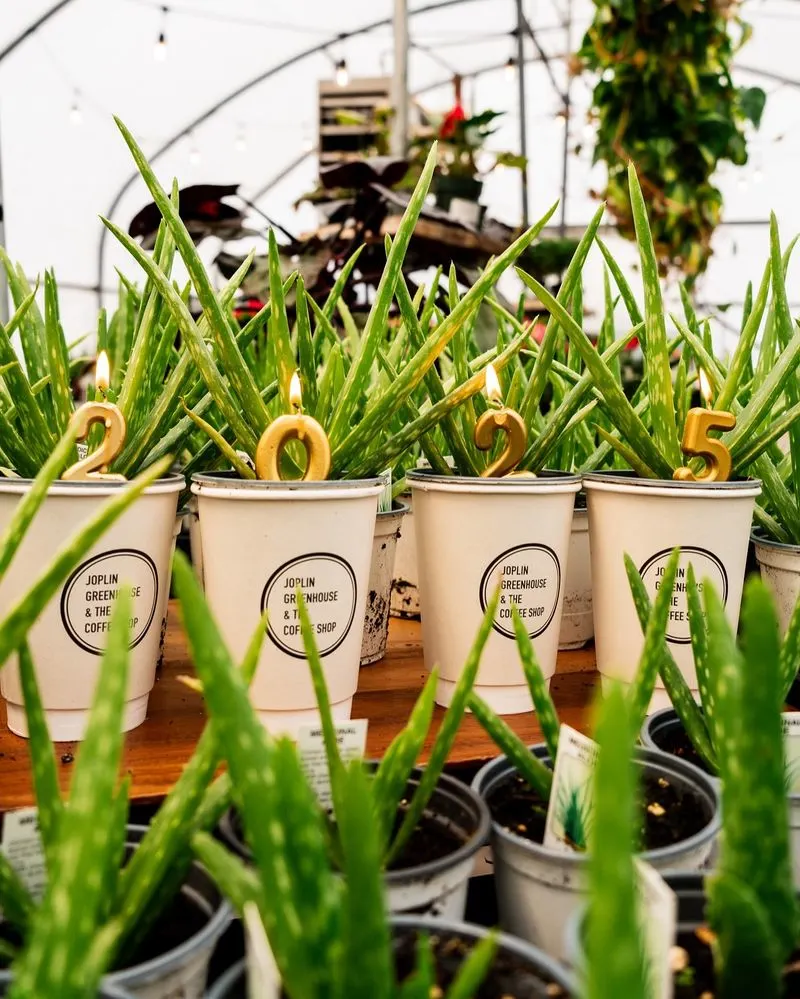
Aloe Vera is renowned for its healing properties, especially in treating skin issues. Yet, for cats, it can be quite the opposite. The saponins and anthraquinones contained within the plant can cause lethargy and digestive problems if ingested. It’s crucial to place this succulent out of reach. Consider relocating it to a safe area away from your pet’s usual hangouts. With its potential hazards, keeping Aloe Vera away from cats is both a preventive and protective measure.
Dieffenbachia
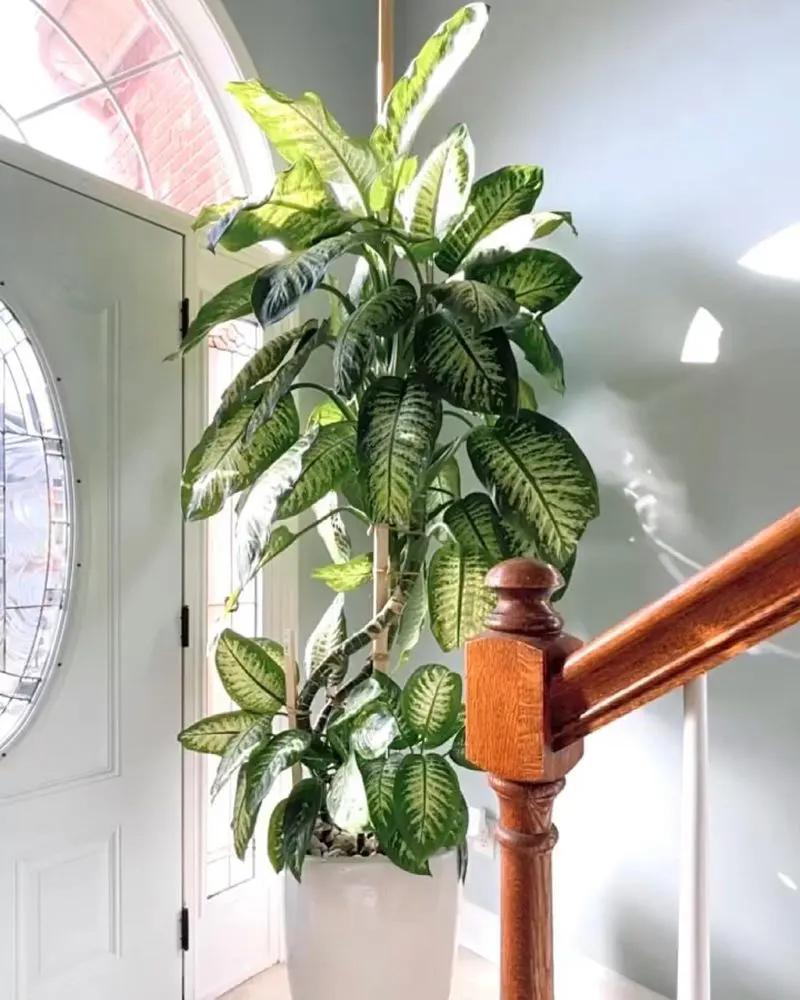
Dieffenbachia, or Dumb Cane, is a common indoor plant known for its large, eye-catching leaves. Unfortunately, it contains calcium oxalate crystals, which can irritate a cat’s mouth and throat, leading to drooling and difficulty swallowing. This irritation can cause distress for both the cat and the owner. The plant should be placed in areas inaccessible to pets. Understanding its potential harm will guide better plant placement decisions in your home, ensuring a cat-friendly environment.
Sago Palm
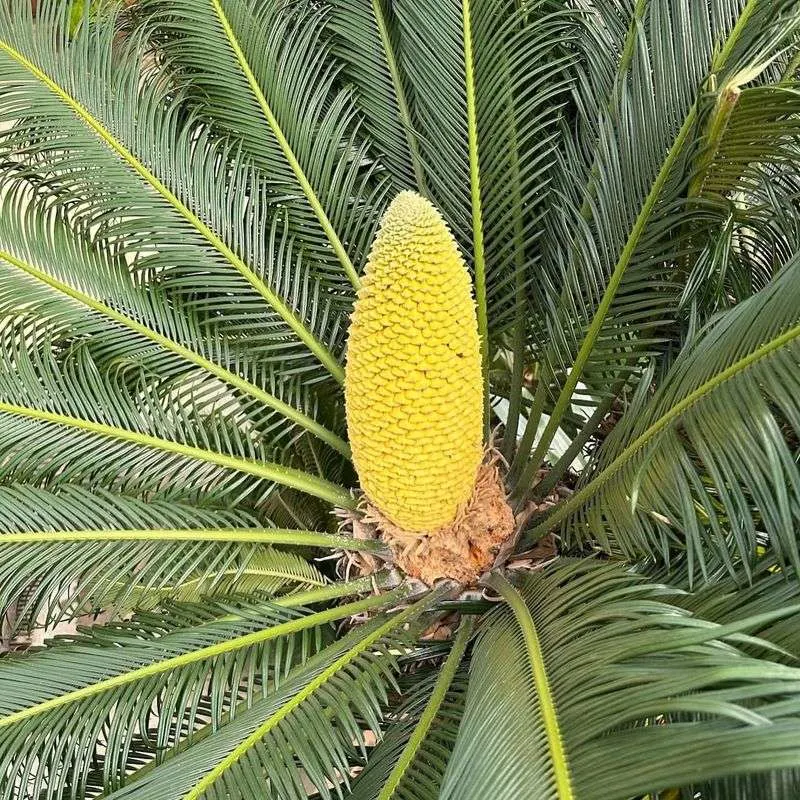
The Sago Palm is admired for its exotic appearance and easy maintenance. However, it’s incredibly toxic to cats, with all parts containing cycasin, a potent toxin. Ingesting even a small portion can lead to severe liver damage. Due to its high risk, it’s best avoided in households with cats. This plant’s beauty does not outweigh its danger. Instead, consider safer alternatives that don’t compromise your pet’s health.
Pothos
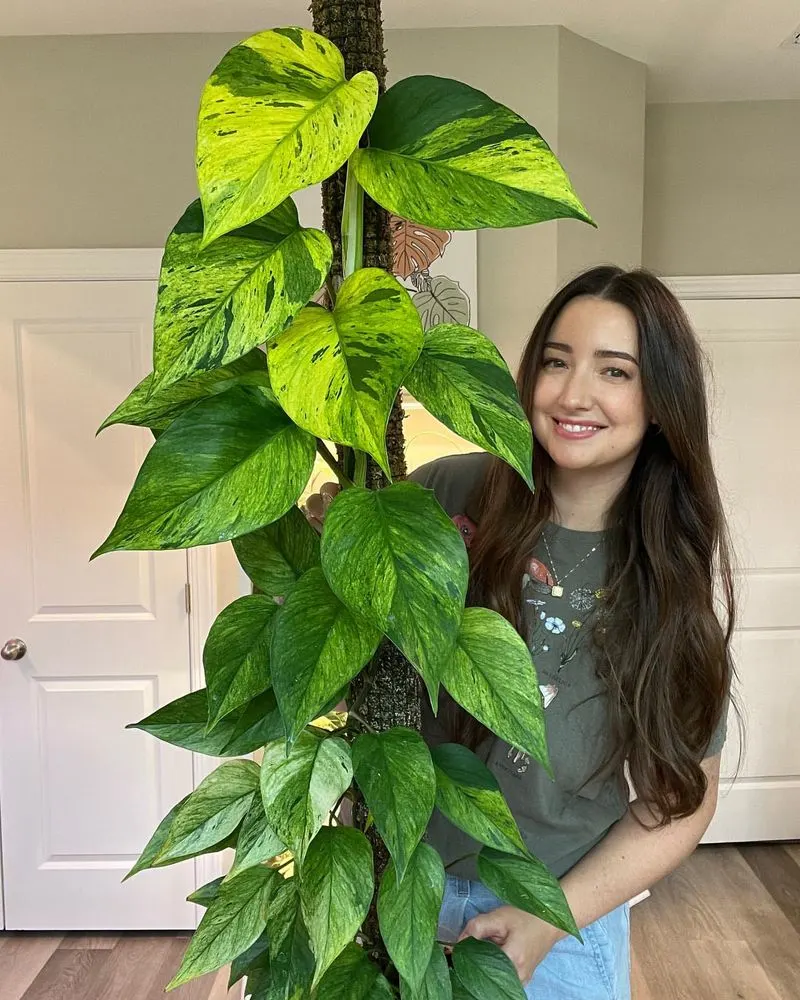
Pothos, also known as Devil’s Ivy, is cherished for its vibrant, heart-shaped leaves. Despite its popularity, it poses a threat to cats due to insoluble calcium oxalates. Ingestion can result in oral irritation and vomiting. It’s vital to hang or place pothos plants out of reach to prevent curious nibbling. This precaution ensures your feline’s safety while allowing you to enjoy the plant’s aesthetic appeal without worry.
Philodendron
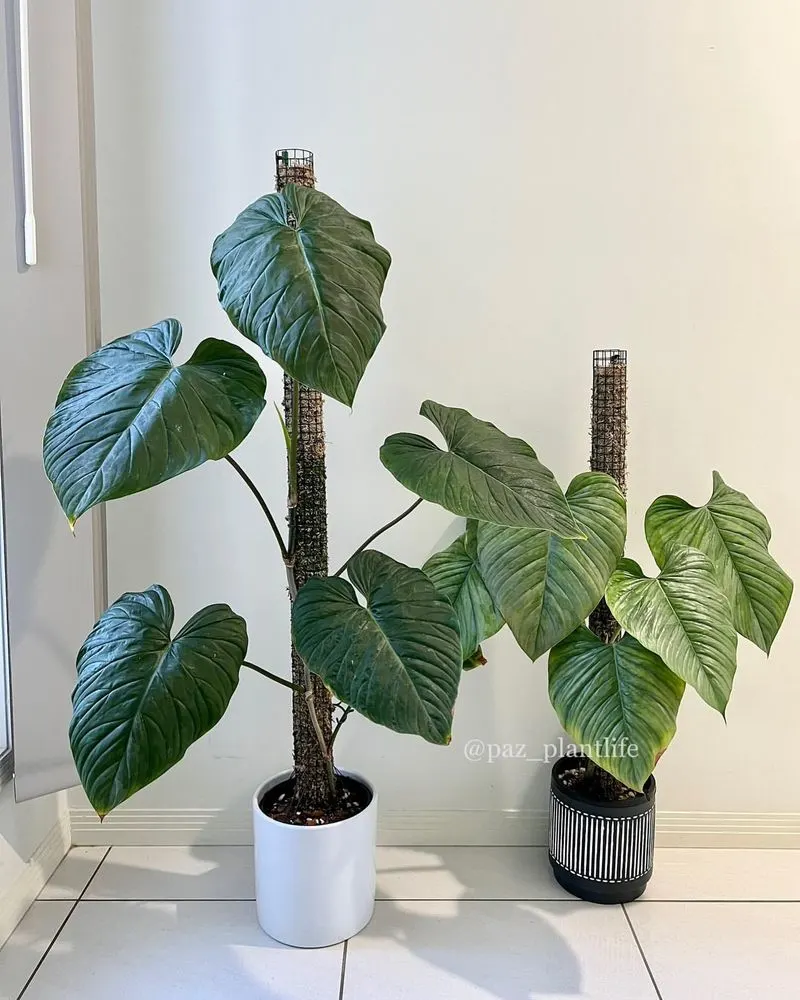
Philodendrons are favored for their lush appearance and ease of care. However, they contain insoluble calcium oxalates that can cause severe irritation in cats. Symptoms include oral discomfort and vomiting. Being mindful of plant placement can mitigate risks. Choose elevated spots or rooms your cat doesn’t frequent, maintaining both decor and pet safety. Awareness is key to preventing accidental harm.
ZZ Plant
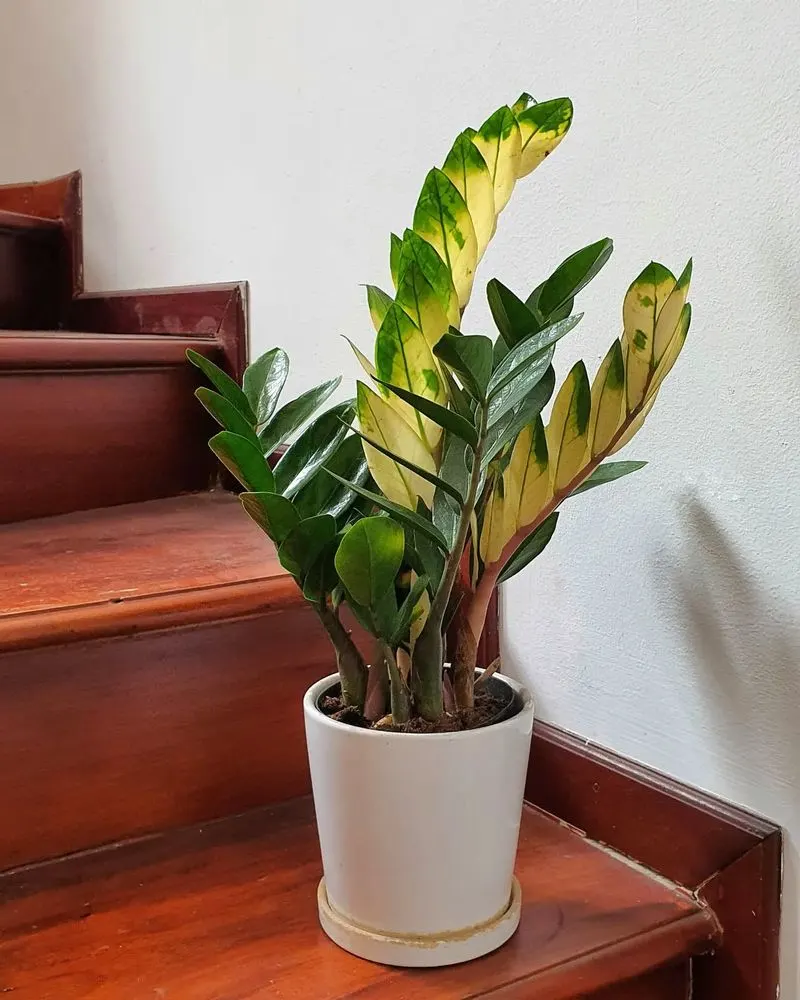
The ZZ Plant is valued for its low maintenance and adaptability, yet it is toxic to cats. Ingestion can lead to vomiting and diarrhea, symptoms that can distress both pets and owners. Ensuring the plant is situated where cats cannot access it is essential. Consider alternative decorative options that ensure a cat-safe environment. Knowing its risks allows you to enjoy greenery without compromising your pet’s wellbeing.
Oleander
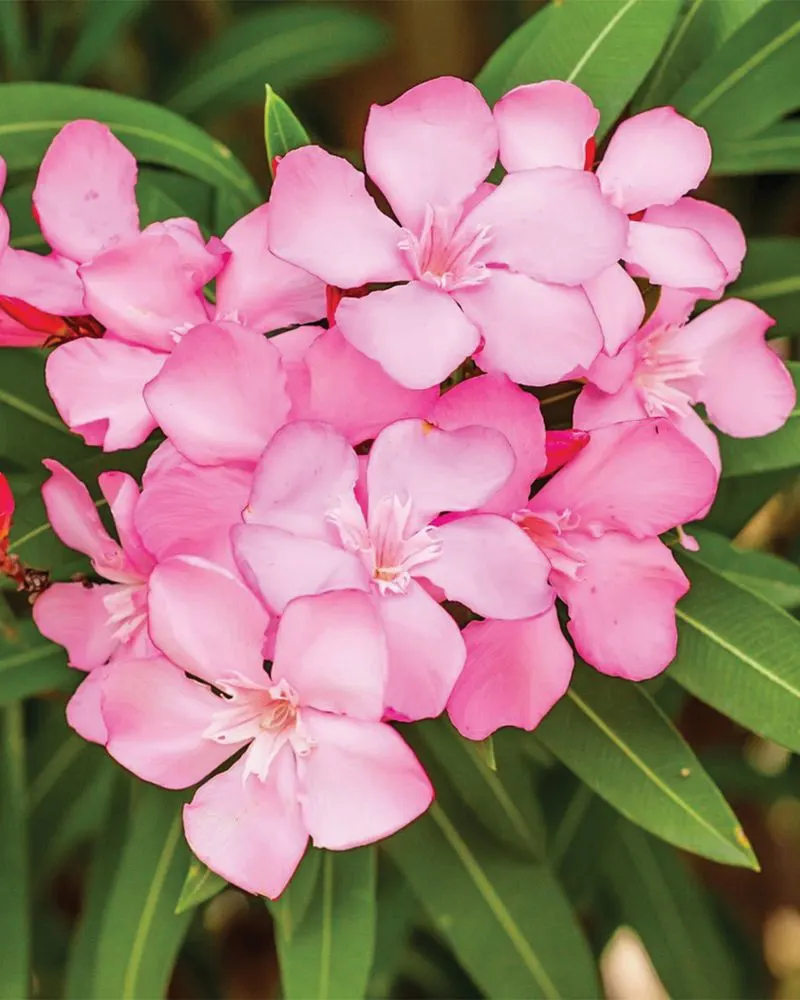
Oleander is celebrated for its beautiful flowers and hardy nature, but it’s one of the most toxic plants around. Even small amounts can be lethal to cats, affecting their heart and digestive system. The risk it poses cannot be overstated, making it unsuitable for homes with pets. Gardening enthusiasts should choose safer plants to avoid potential tragedy. Understanding oleander’s danger is crucial for responsible plant ownership.
English Ivy
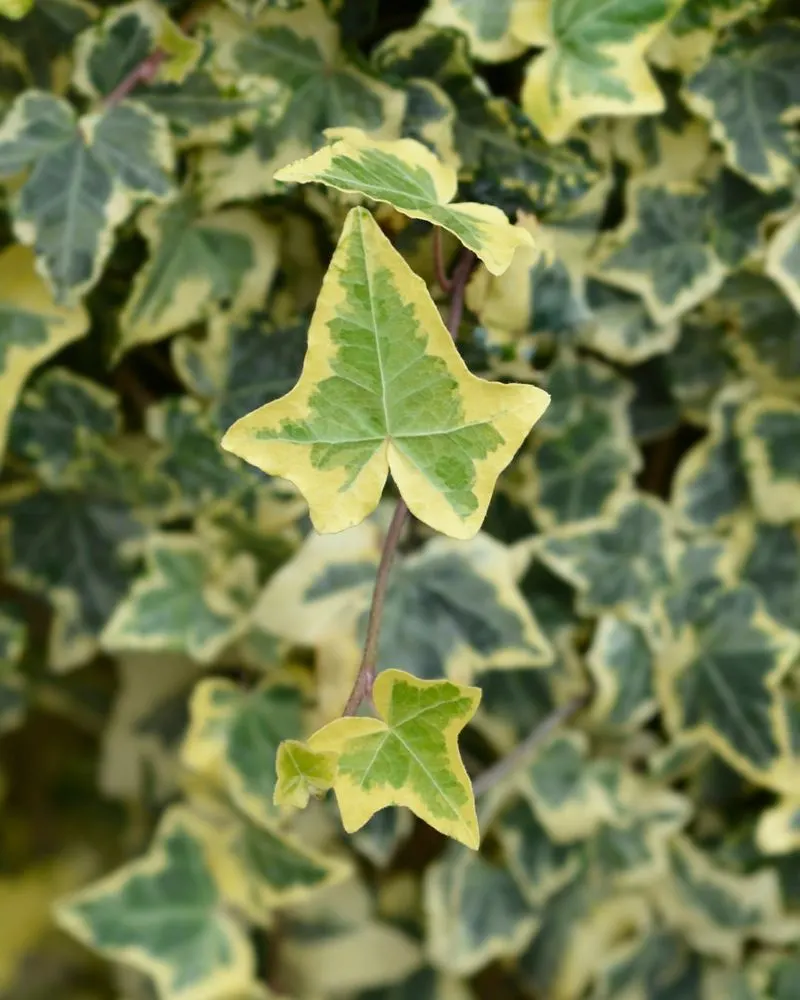
English Ivy is often used for its decorative, trailing vines. Unfortunately, it contains triterpenoid saponins that are harmful to cats. Contact or ingestion can lead to vomiting and skin irritation. Precautionary measures such as placing it out of reach or choosing different plants can prevent accidental exposure. Awareness of the risks associated with English Ivy ensures a harmonious coexistence between plant enthusiasts and their feline friends.
Peace Lily
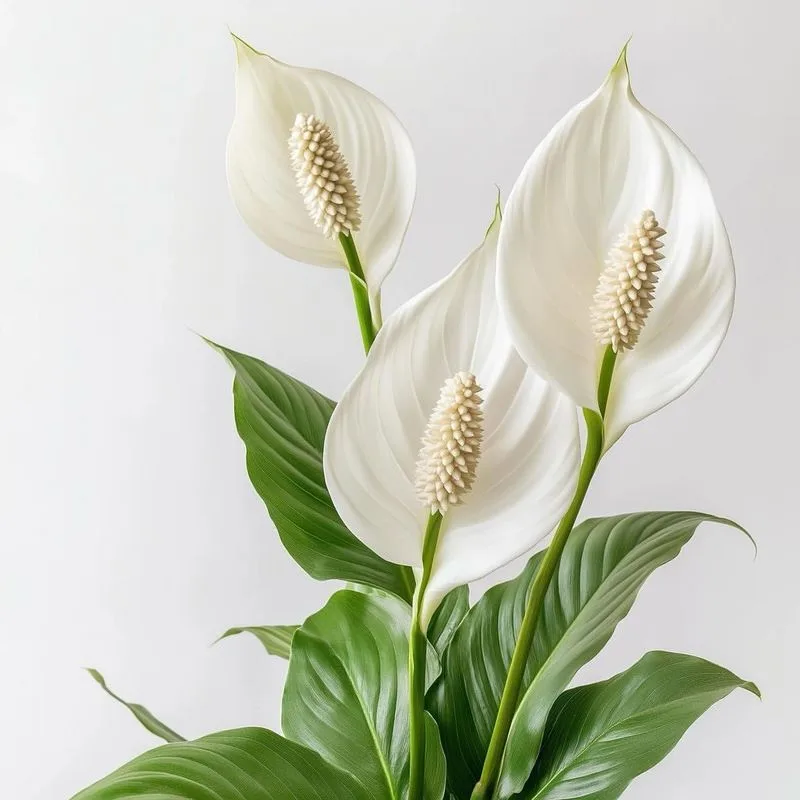
Peace Lilies are a common sight in homes due to their elegant appearance and air-purifying qualities. However, they contain calcium oxalate crystals, which can cause oral irritation and difficulty swallowing for cats. Their alluring blooms can tempt curious pets. Choosing a spot that’s inaccessible to cats can help mitigate these risks. It’s a balance of enjoying nature’s beauty while safeguarding your pet’s health.
Caladium
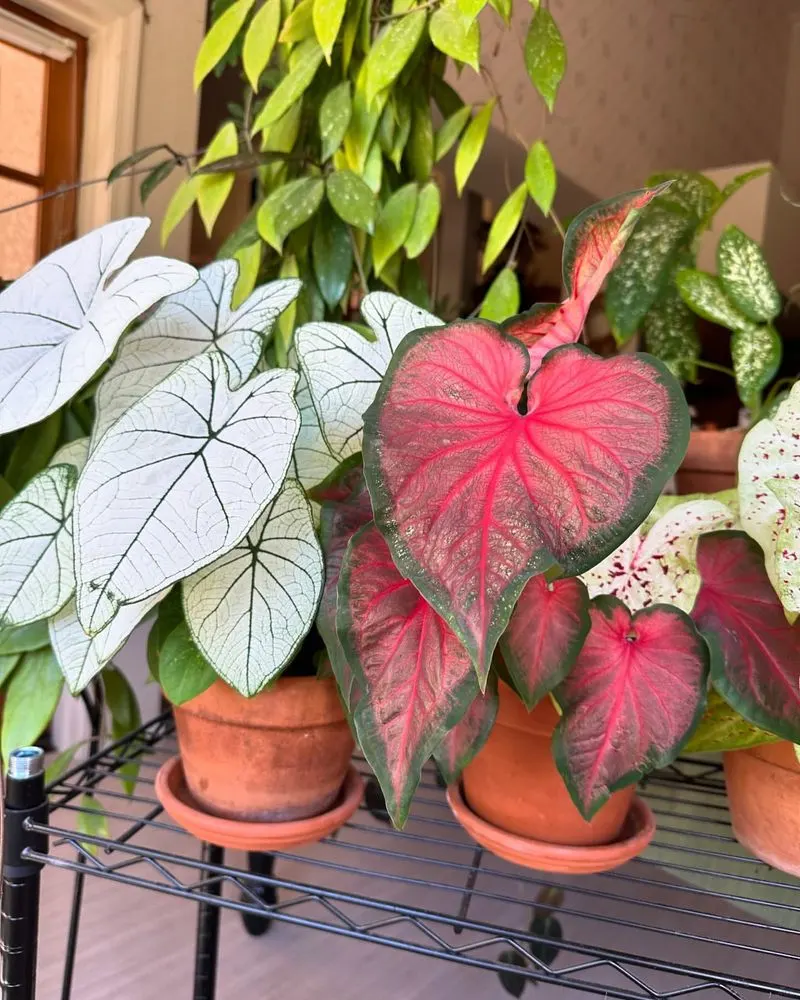
The caladium is cherished for its strikingly colorful foliage, making it a popular choice for brightening spaces. Yet, it harbors calcium oxalate crystals, posing a threat to cats if ingested. Symptoms include drooling and gastrointestinal discomfort. Proper placement away from curious paws is vital. Opting for safer plant options can ensure that your home remains both beautiful and pet-friendly, offering peace of mind to pet owners.

